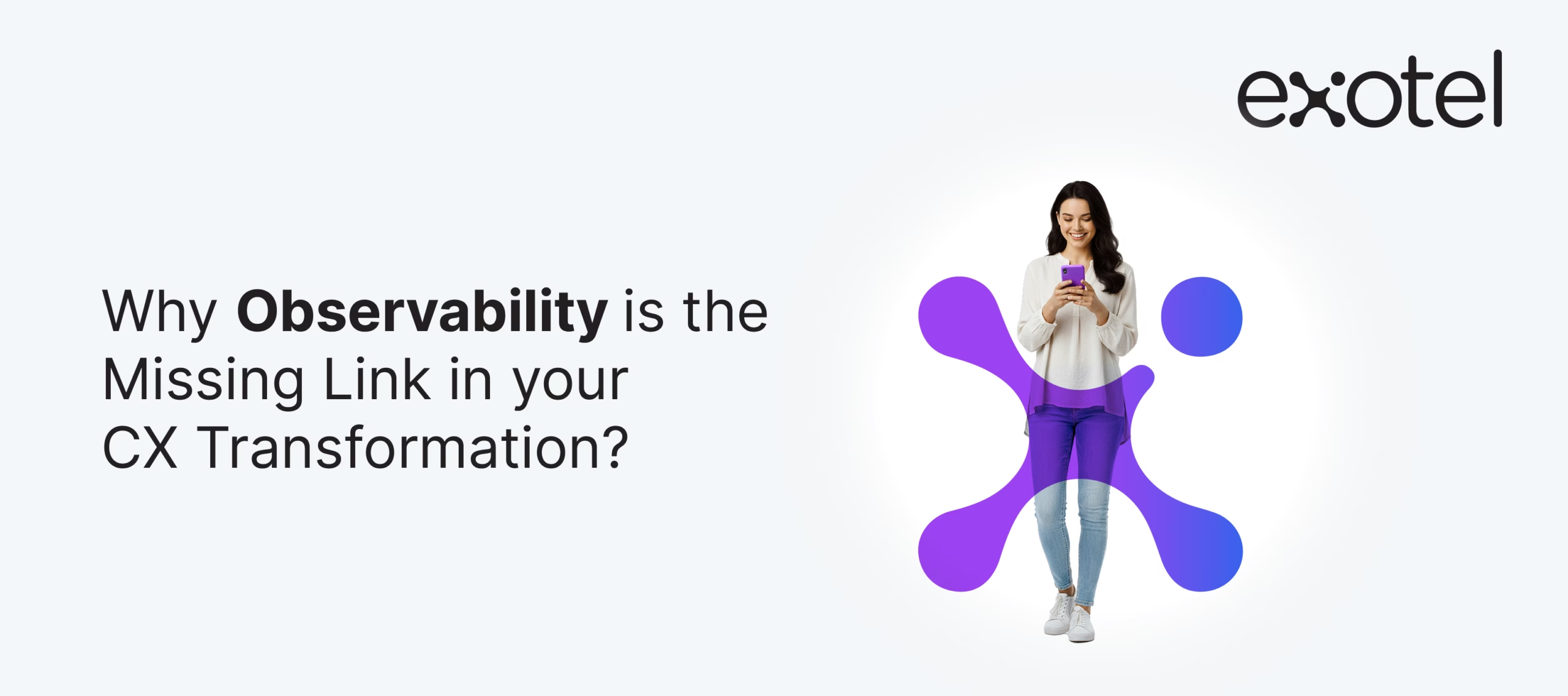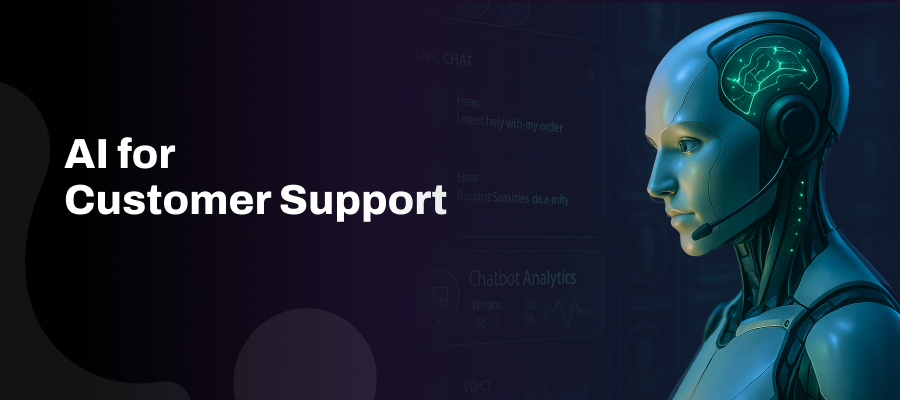Top-class customer service is one of the cornerstones of building a successful business. Call centers sit on the front line of customer interactions. Yet, several factors can stand between a call center and its goal of delivering consistently great experiences.
While many issues can bog down a call center and impact efficiency and outcomes, five common problems stand out. By proactively addressing these areas, businesses can chart a clear path to improving customer experiences and agent productivity.
The 5 Most Common Problems
1. Absenteeism
The combination of a high-pressure environment and irregular schedules can leave agents physically, mentally, and emotionally drained, leading to higher sick calls and no-shows. According to benchmarking shared by Dimension Data, the average rate of annual absence in call centres across the world is 11%. Even when this seems modest, the operational impact is significant: remaining agents shoulder extra workload, queues lengthen, and service levels dip. Over time, morale suffers and customer experience deteriorates.
Absence averages 11% globally in call centres—small on paper, significant in impact.
As of 2025, hybrid and remote operating models can complicate visibility into attendance patterns, making structured absence management even more critical. Practical steps include:
- Track patterns and triggers: Monitor absence by day, shift, team, and season to identify hotspots (e.g., weekends, festive periods, major campaigns).
- Set clear policies and expectations: Document attendance guidelines, escalation paths, and return-to-work processes. Communicate consistently and fairly.
- Forecast and schedule with flexibility: Use historical trends to plan buffer capacity, offer shift swaps where feasible, and enable partial shifts or flexible starts for genuine constraints.
- Support wellbeing: Encourage microbreaks, ergonomic setups (for remote), and wellness initiatives that help reduce fatigue-related absences.
- Coach, don’t just penalize: Use data to enable supportive conversations. Focus on root causes and solutions rather than purely punitive measures.
2. Attrition
High turnover is a persistent challenge in call centers. When paired with absenteeism, the impact multiplies: capacity shrinks, learning curves reset, and relationship-building with customers suffers. Attrition also drives up hiring and training costs and can negatively impact service quality.
Reducing attrition requires attention across the employee lifecycle—attracting the right talent, enabling success early, and building long-term engagement:
- Hire for fit and resilience: Prioritize candidates who are comfortable with service roles, shift patterns, and performance-based environments. Use realistic job previews so expectations match reality.
- Strengthen onboarding: Provide clear success metrics, shadowing opportunities, and early wins to build confidence. Pair new hires with mentors.
- Offer growth paths: Define transparent career ladders (e.g., senior agent, quality coach, team lead) and map the skills needed to advance.
- Recognize performance regularly: Combine monetary rewards with meaningful recognition—peer shout-outs, badges, or spotlight moments in team huddles.
- Run stay and exit interviews: Proactively ask what keeps agents engaged and what might drive them away. Act on patterns quickly.
- Invest in manager capability: The agent-manager relationship often decides tenure. Train leaders in coaching, feedback, and empathetic communication.
3. Stress and Burnout
Agent burnout is a common cause of poor service. Repeated exposure to complaints, strict targets, and limited autonomy can create emotional exhaustion and monotony. Agents may skip breaks, rush through after-call work, or disengage—hurting quality and customer satisfaction.
Managers should proactively monitor stress levels and create an environment where agents can thrive. Practical approaches include:
- Protect breaks and recovery time: Ensure schedules include adequate breaks and that occupancy targets are sustainable. Encourage microbreaks after intense interactions.
- Rotate work to reduce monotony: Where possible, vary queues or tasks (e.g., a mix of voice and digital) to balance cognitive load.
- Improve tooling and workflows: Streamline after-call work with templates, auto-logging, and clear disposition codes to reduce repetitive effort.
- Create safe escalation paths: Make it easy to seek help on tough conversations. Encourage quick huddles or supervisor barge-ins when needed.
- Offer mental health support: Provide access to counseling resources, wellness sessions, and manager check-ins focused on wellbeing.
- Coach for emotional intelligence: Train agents on de-escalation, empathy, and self-regulation techniques to handle difficult interactions.
As of 2025, organizations are paying closer attention to real-time signals—such as frequent transfers, long after-call work, or dips in sentiment—to identify potential burnout earlier and intervene constructively.
4. Low Quality Monitoring and Feedback
Quality monitoring aims to improve customer experience and outcomes, yet it sometimes devolves into infrequent audits or compliance checklists. When coaching is irregular or purely corrective, agents may feel scrutinized, not supported. Issues like low first-contact resolution or unresolved queries then persist.
To strengthen quality in a way that builds capability and confidence:
- Adopt a coaching-first mindset: Balance corrective feedback with positive reinforcement. Highlight what “good” sounds like using real examples.
- Calibrate regularly: Align evaluators on standards to ensure fairness and consistency across teams and channels.
- Assess the right things: Shift scorecards from pure compliance to customer outcomes—clarity, empathy, resolution, and follow-through.
- Increase frequency, reduce friction: Short, frequent reviews are more effective than infrequent deep dives. Encourage self-assessments and peer reviews.
- Close the loop: When recurring issues appear (e.g., policy confusion), update scripts, knowledge articles, or processes so agents aren’t fighting the same fires.
- Use insights in the moment: Surface targeted guidance during or immediately after interactions so learning is timely and actionable.
As of 2025, many centers are blending QA with customer feedback signals to prioritize coaching on the moments that matter most, rather than sampling randomly. This keeps quality efforts tightly aligned with customer expectations.
5. Lack of a Proper Knowledge Base
Customers today expect quick, accurate answers. Agents who lack up-to-date information on policies, offers, or troubleshooting steps may provide inconsistent guidance or place customers on hold—leading to frustration and repeat contacts.
Building and maintaining a strong knowledge base that is accurate, searchable, and accessible in real time is essential:
- Establish a single source of truth: Consolidate policies, FAQs, and procedures into one repository with clear ownership and version control.
- Optimize for speed to answer: Use intuitive structure, strong search, tags, and short “how-to” steps. Provide quick summaries with expandable detail.
- Keep content fresh: Add review cadences, auto-expiry for time-bound articles, and change logs so agents trust what they read.
- Enable feedback loops: Let agents rate and comment on articles. Route feedback to content owners for rapid updates.
- Standardize templates: Ensure consistent tone, fields (purpose, steps, exceptions), and visuals so articles are easy to follow under pressure.
- Train continuously: Pair knowledge articles with scenario-based practice and refreshers whenever products, prices, or policies change.
As of 2025, the quality of the knowledge base directly influences first-contact resolution and handle times across voice and digital channels. When answers are easy to find and follow, both customers and agents benefit.
Conclusion
Call centers succeed when they remove friction for customers and agents alike. By tackling the most common agent problems—absenteeism, attrition, stress and burnout, weak quality coaching, and poor knowledge management—organizations can protect service levels, improve resolution rates, and strengthen brand perception. The path forward is practical and human-centered: clear policies, supportive coaching, better tooling, and a culture that values agent wellbeing and growth. Address these fundamentals, and your teams will be equipped to deliver consistently outstanding customer experiences.




